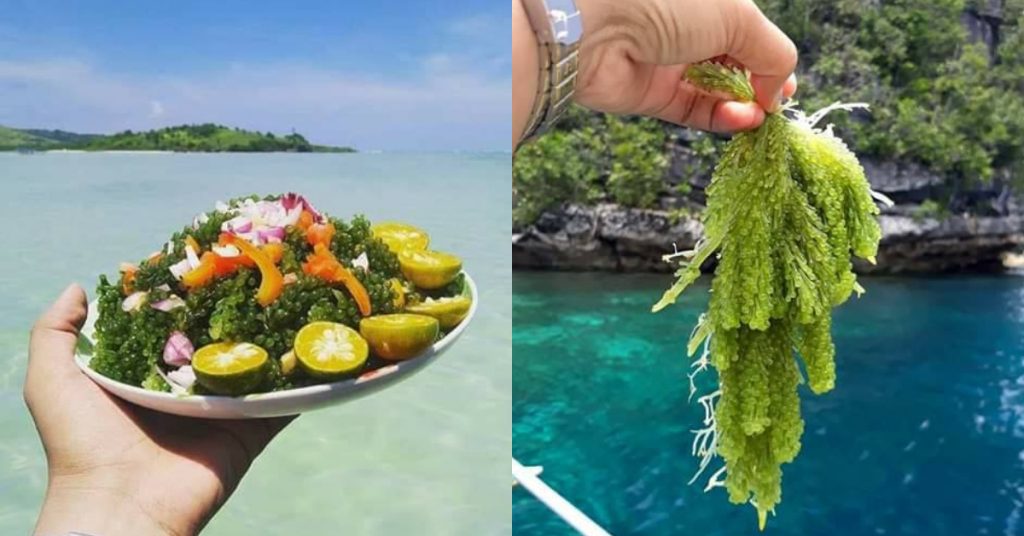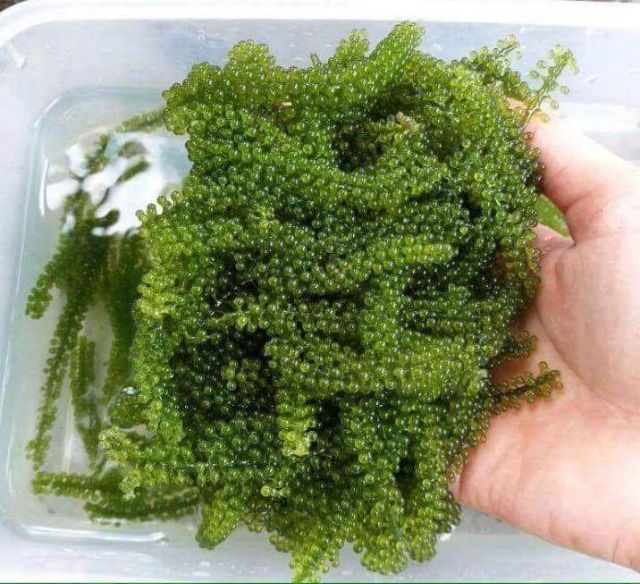Latok? Is the New Hype Really Good for Health?
On the social media recently, many people starts to sell grape seaweed or better known as latok. It is said that, latok has many health benefits, but to people from the Peninsular of Malaysia, latok is the new hype. Since many people saying that it is good for health, so people have starting to try and consume it. But how true is the claimed?

Latok, grape seaweed or its scientific name is Caulerpa Lentilifera, is a common ‘ulam’ for Sabahan. Study on latok in Malaysia is still very little perhaps because previously there is only small number of people who consume it regularly, but there are actually extensive studies conducted in Philippines on this latok, since it is a very common food in Philippines as well (1).
Surprisingly, according to studies, latok has various health benefits! However, the nutrient content in latok, is vary from one another based on its size, the location where it breeds, the ecosystem of its habitat and the maturity of latok when it is harvest (2).
Previously in Asian countries, seaweed has been utilized as a source of phycocolloids, thickening and gelling agents in the food industry. Since people have not yet discover it health benefits, perhaps it is about time for people to commercialized latok for its health benefits. Since studies shows that, latok is high with iron, zinc, calcium and fibre (2,3).

Latok is even recommended to be consumed by pregnant women, adolescents, and teenagers for its high calcium content, since these two groups of people is at the stage of needing high calcium for their growth and development (2,3).
Apart from its micronutrients, latok also has large amounts of polysaccharides, most of which cannot be digested by humans without the required enzymes for degradation. These polysaccharides can therefore be regarded as excellent source of dietary soluble fibre. This property therefore can lower the risk of constipation (2,3).
There are also studies claiming that, latok has the ability to lower the cholesterol, thus preventing heart disease and it has anti-cancer property (2,3). However, what more important is how people consume it. It is such a culture in Malaysia where people eat ‘ulam’ or vegetables with various kind of gravies such as sambal belacan, budu, cincalok, kicap and many others. It is such a waste to all these high content of nutrients where is supposed to be given benefits to the body but in returns give harm because all these gravies contain high salt content thus can even pose high risk for hypertension and cardiovascular diseases.
References
- Fadzilah A.K., Mohd Fadzely A.B., Maryati M., Noratiqah N., (2018). Utilization of natural resources: Preliminary study on ethnopharmacological application of ‘ulam’ or traditional vegetables among Sama- Bajau of Kampung Menunggui, Kota Belud, Sabah. https://doi.org/10.1063/1.5055431
- James David S. Alacantra., Nancy L.L., (2020). Mineral Availability, dietary fiber contents and short chain fatty acid fermentation product for Caulerpa Lentilifere and Kappaphycus Alvareezii Vol. 31 (1). KIMIKA.
- Cherry P., Cathal O’Hara., Pamela J.M., Emeir M.M., and Philip J.A., Risk and Benefits of Consuming Edible Seaweed. Nutrition Review. Vol 77(5): 307 -329




